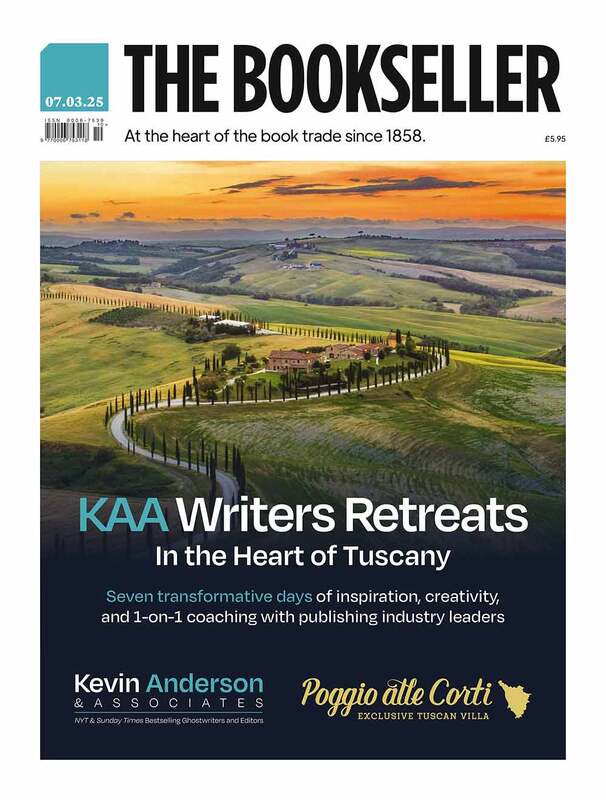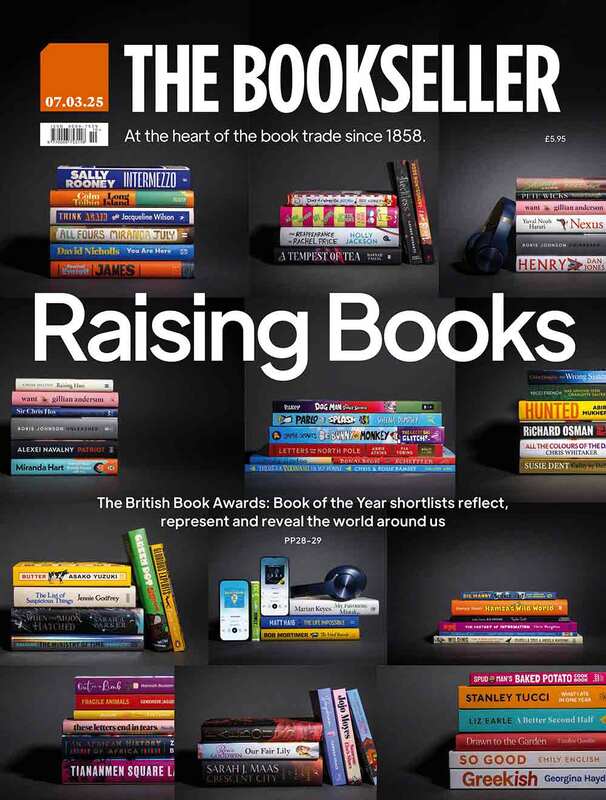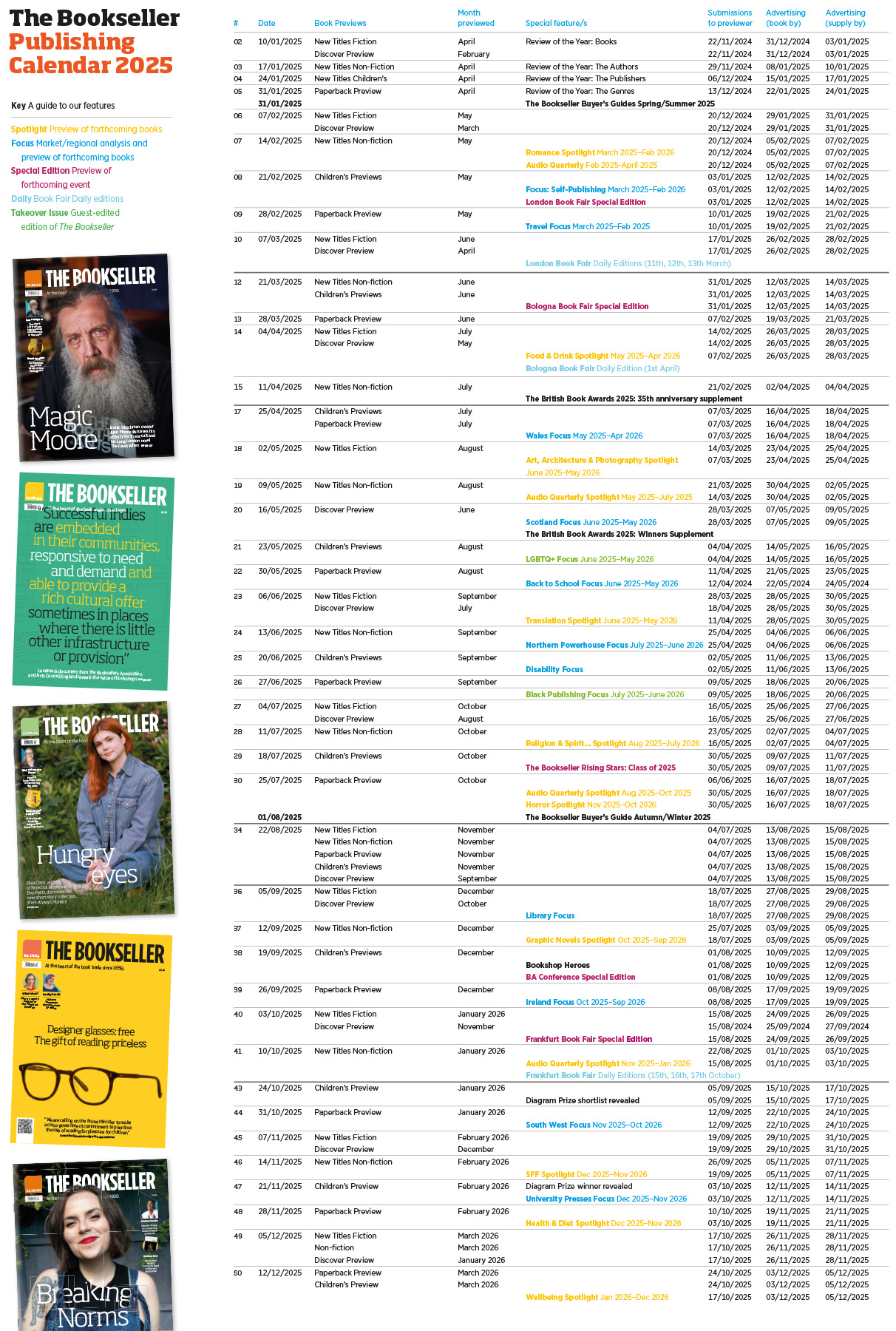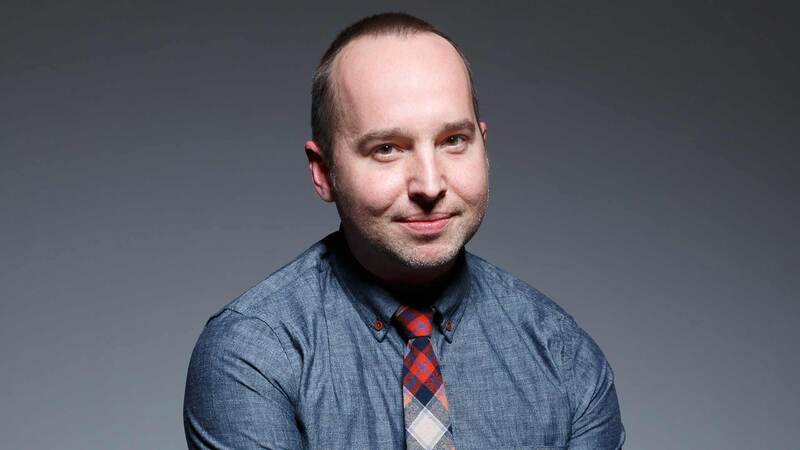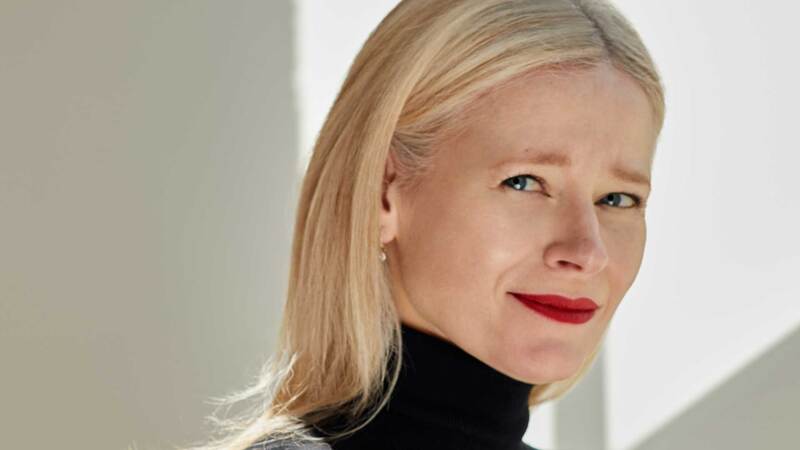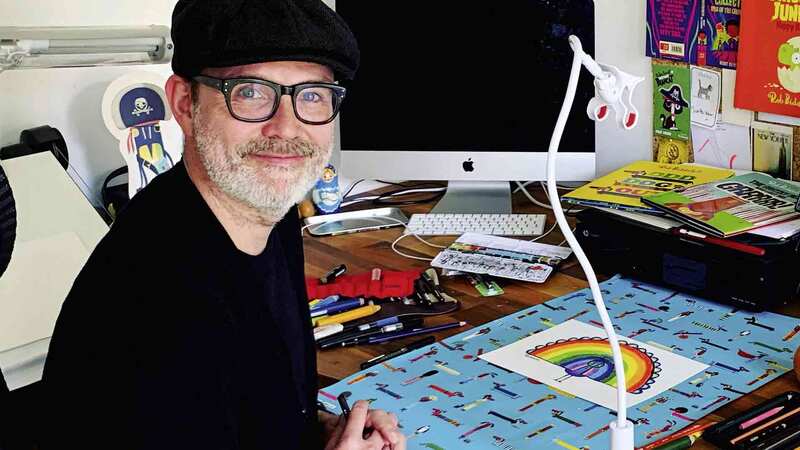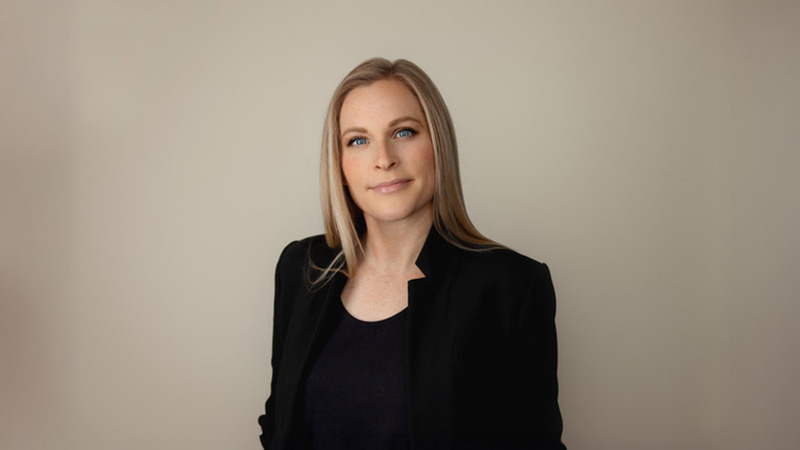You are viewing your 1 free article this month. Login to read more articles.
Publishers step up direct to consumer offers
Publishers are continuing to explore new ways of selling directly to consumers and building relationships with readers.
Penguin Random House this week launched an audience segmentation strategy, launched this week, which groups tog ether readers with similar attitudes, behaviours and motivations. Direct sales site HarperCollins.co.uk also recently went live. Smaller publishers are experimenting, too. Verso has had direct sales success this year, while Profile plans to launch a direct to consumer (D2C) website next year.
HC UK c.e.o. Charlie Redmayne said “building a direct relationship with consumers is an integral part of any modern publisher’s strategy”. However, he said publishers were not seeking to replace traditional channels such as bookshops. He added: “We must continue to support our traditional and digital retail partners, and see it as critical to maintain as many different channels through which to sell our content as possible.”
Last week Faber unveiled Faber Press, bringing together its arts publishing with its digital, academic and education offering. C.e.o. Stephen Page said the aim was to find new ways to reach readers. He said: “It’s harder for literature to find people, not because of a lack of readers, but because discoverability is harder online . . . we used to have six high street book chains and now we have Waterstones, which does a great job, but [it] has to do its own thing. So, we need to build our own channel. We want as many channels as possible, and one of those is ourselves.”
Rowan Wilson, Verso’s sales and marketing director, said the company had been “overwhelmed by the results” of direct selling, with sales “well in excess of what we expected . . . With certain academic titles it’s harder than ever to get them into shops, so you have start looking elsewhere.”
D2C sales are “part of the mix”, said Hachette’s brand development director Damian Horner. Among its recent moves has been a partnership with social selling company buyapowa, and a £150 special edition of Nick Drake’s Remembered for a While (John Murray). “That’s where you can offer value,” said Horner. “Those kinds of books are hard to sell on Amazon because they get lost with standard variations. If you put it in a bricks and mortar shop, it could get damaged. It makes sense in these situations to go direct to consumers.”
Hachette communications director Clare Harington said the “company was “talking to and understanding more about consumers”, adding: “Widespread direct selling has never been part of our plans.”
Pan Macmillan digital director Sara Lloyd said her primary objective was not selling directly but instead “driving discovery, re-creating a reader’s path to a book via all forms of media”.
Mike Shatzkin, founder and c.e.o. of The Idea Logical Company, said the “first step for publishers should be the establishing of direct customer contact and building mailing lists.” However, he cautioned: “Most of the time, you’ll be more successful converting those contacts to sales through established retailers than trying to create a direct account of your own.”
Direct, targeted relationships is one the aims of PRH’s audience segments.Hannah Telfer, head of PRH UK’s digital, audio and insight team, said: “We need to understand the broad set of audiences we want to reach. Our approach must be highly nuanced—sometimes long-term, sometimes around a particular moment.“

